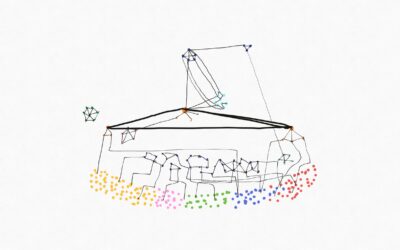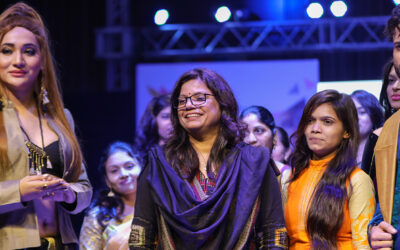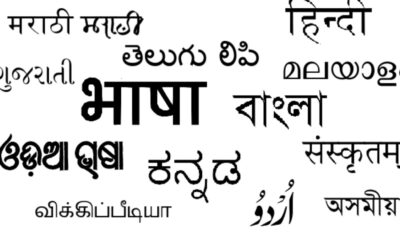Intersectionality serves as a framework to understand social relations. By recognizing and examining multiple forms of oppression and discrimination experienced at the same time. This concept acknowledges overlapping layers of disadvantaging factors, including class, caste, age, culture, health, appearance, ability, gender, sexuality, and education. Based on these factors, intersectionality creates different types of disadvantages for different people. It is a form of social categorisation that gives rise to interdependent and overlapping systems of discrimination in society.
Kimberle Crenshaw coined the term ‘intersectionality’ in 1989. She did it to label a problem so that people can see and solve it. It was necessary to better understand how identities shape people’s life experiences. Even though they have been living with intersectionalities, it was necessary to define a term. To address it in a more appropriate and comprehensive manner.
When addressing any kind of oppression towards a community, we often look at how it is collectively occurring and experienced in that community. We often fail to analyse the possible intersections faced by different individuals or groups within that community.
Let’s take an example of the oppression of tribal women. The understanding of this oppression is often clubbed with an understanding of the community of tribal women as a whole. But it is essential to explore possible intersections within the community of tribal women to know the different disadvantages that shape distinct life experiences for different tribal women. Life experiences of an educated tribal woman working in an oppressive workspace, lives in a healthy family, but has an abusive partner, will be completely different from life experiences of a tribal women who is an educated homemaker living with an unhealthy family and is also a survivor of sexual harassment.
Even though both women are from tribal community and are victims of oppression, their disadvantages are not the same. And these layers do not operate independently for them. When a situation arises to address oppression of a woman at workplace, one needs to understand that she is also oppressed by an abusive partner. And by the society in public spaces, for being tribal and so on. But often, all these other layers of her disadvantages becomes invisible at a workplace.
Lived experience of womanhood is not the same for all women
When it comes to gender and intersectionality, especially in Indian society, the inability to accept gender identities outside of gender binaries creates more disadvantages for people who identifies beyond these binaries. In a patriarchal society, women often face multiple intersections of disadvantages and oppression than men.
None of the identity groups are homogenous will same set of needs. All of us live within intersections of our social identities.
Acknowledging how different identities intersect and influence people’s struggles for empowerment and experiences is crucial when it comes to social work practices. Drawing conclusions about experiences shaped by these intersections of discriminations faced by gender minorities without understanding them would be a gross ignorance of their struggles and sufferings. In so many places, we have to fill forms that have only two options for gender. It implies that it’s not for people who identify as non-binary.
I recall a conversation with an urban queer community on intersectionality and gender identities. We were struggling to find valid reasons for lack of representation of an illiterate dalit queer from a rural area. Is it because such people don’t exist? Or do we just disregard these interdependent overlapping layers of intersectionality?
Understanding the layers of advantages and disadvantages related to an identity helps to engage with how oppression, power and privilege operate in any given situation.
There are several challenges related to transforming gender roles and encouraging people with identities that hold relative power over others to understand the oppression and use their privileges to support the oppressed. Integrating this learning into social work practices starts with acknowledging that the system and social relations are complicated. And multiple forms of oppression are simultaneously present in a person’s life.
It is crucial to understand these layers to work towards the wellbeing of an individual or a group. By working on solutions to remove these barriers bit by bit. Not individually, but together, as when combined, they compound and transform the human experience of oppression. Access to opportunities, resources, and power, when influenced and affected by gender identities, along with other disadvantages of an individual, shapes the experience of oppression on different levels.




0 Comments